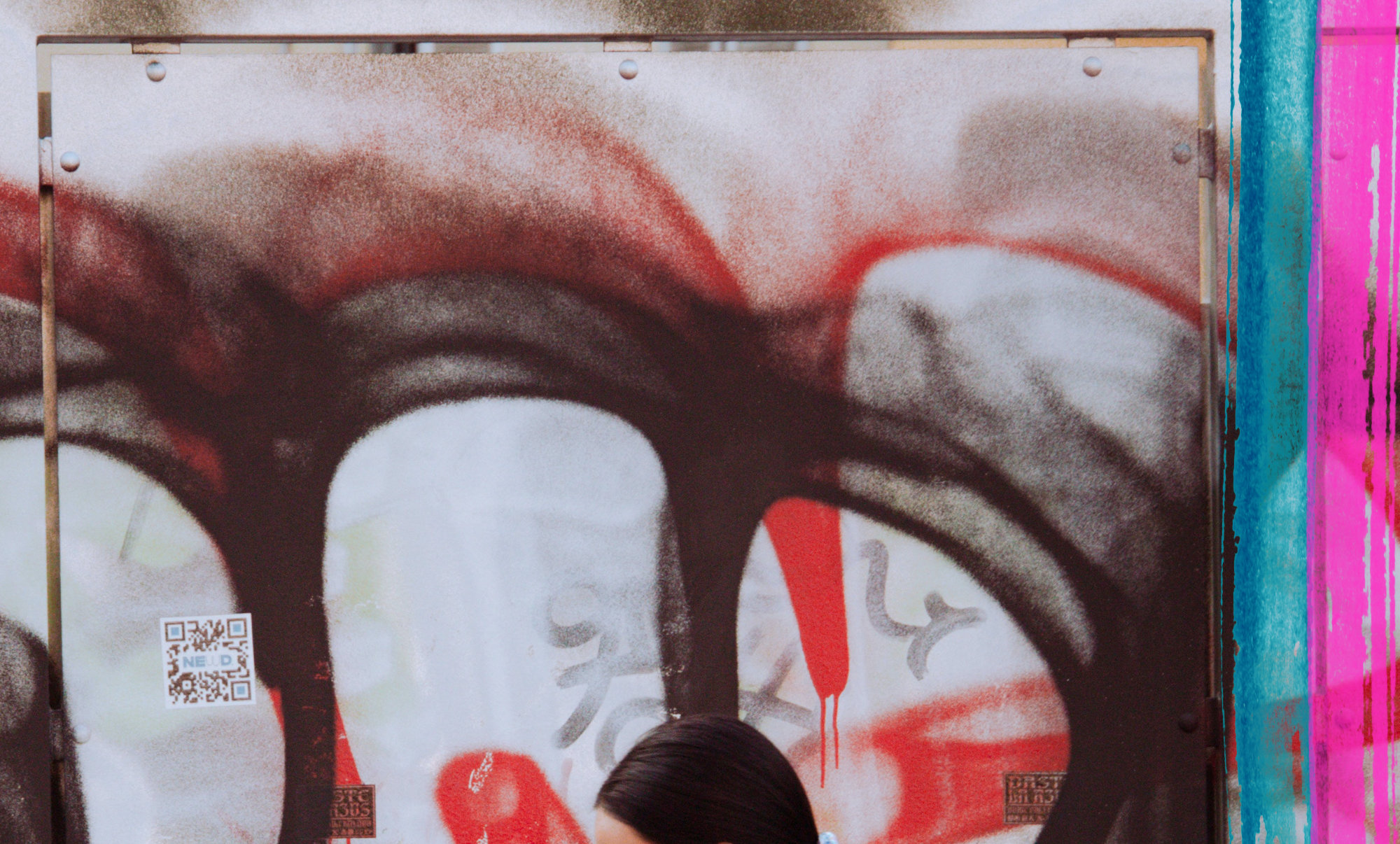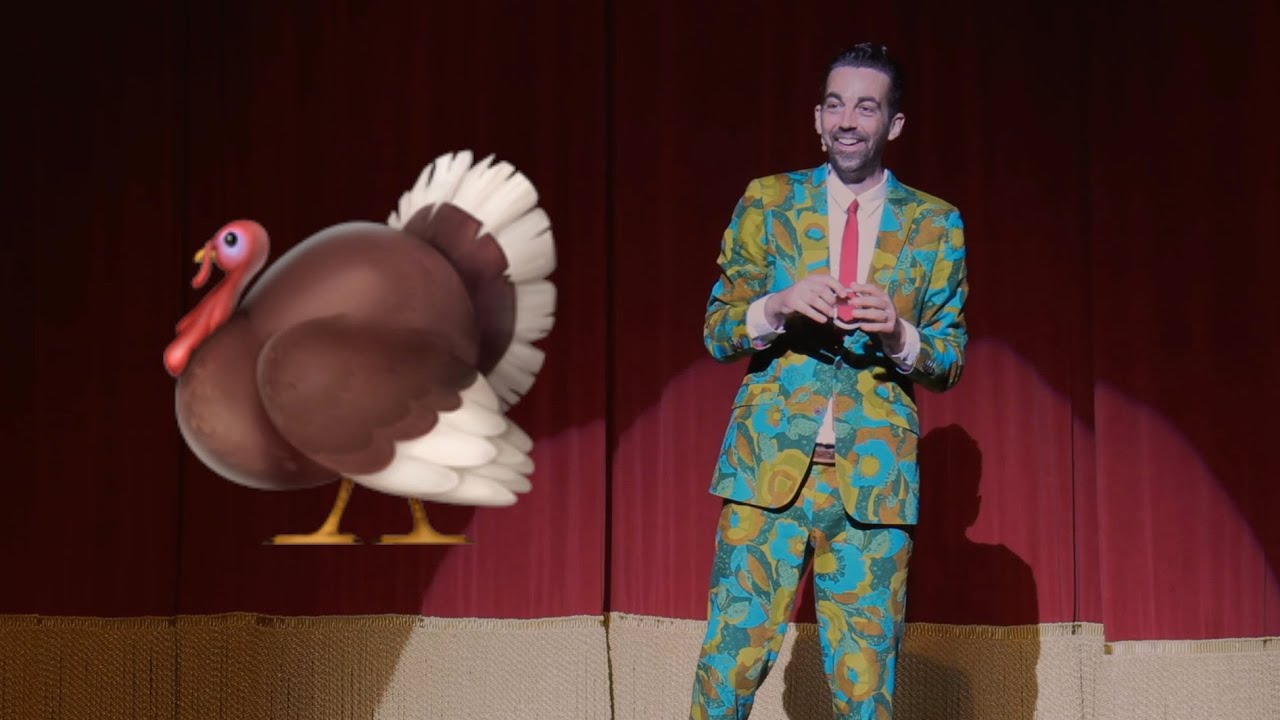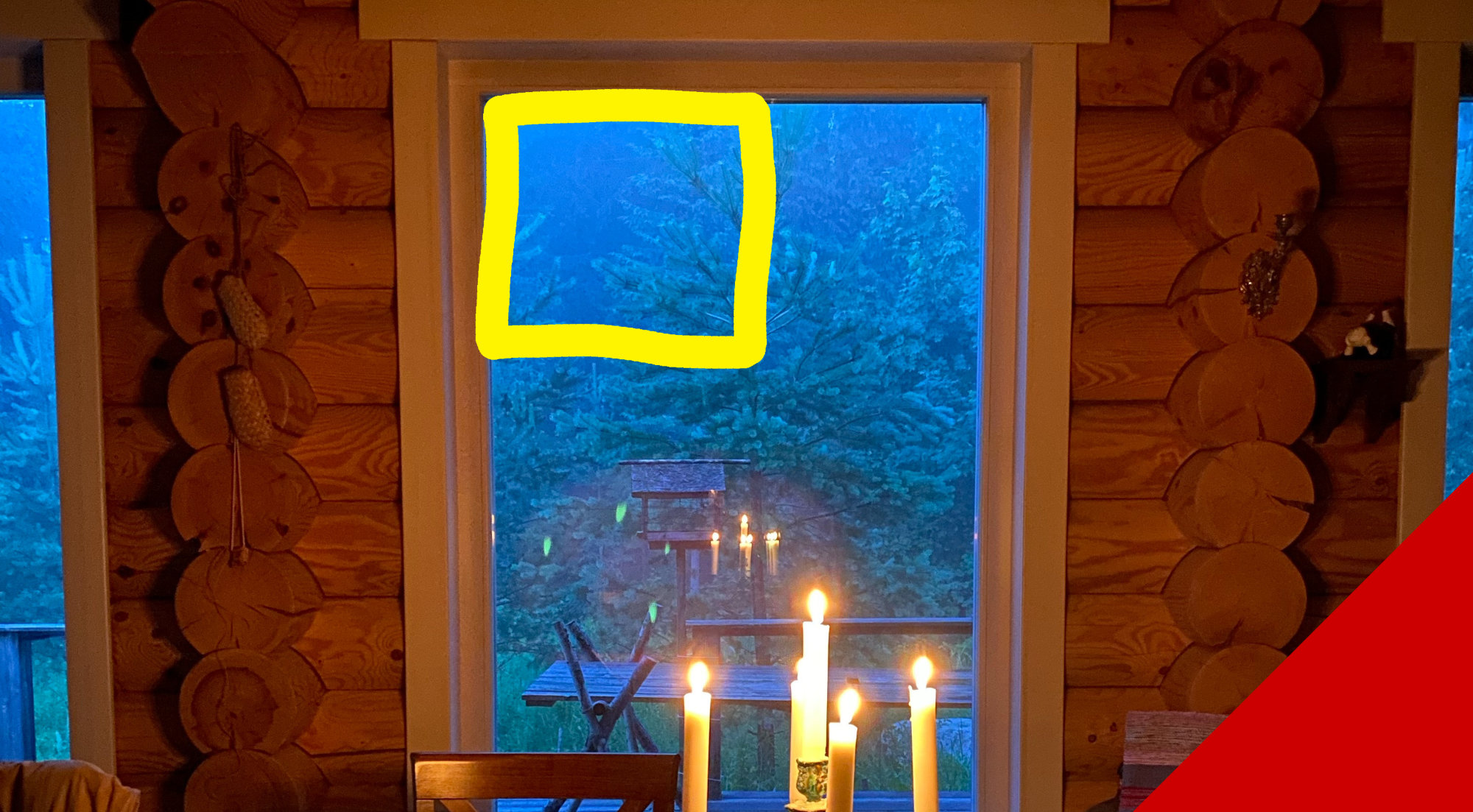
question I got: someone suggested I make a strong show reel, which got me exited thinking about it. However, listening to you about understanding the audience, who is my target audience? Should that be addressed first before I start creating a new show reel? Love to hear your thoughts.
answer:
yes! 100%
you don’t need all the promo materials that other performers have. you only need the ones that bridge the gap enough for people to hire you
for instance when I was making websites for performers, I didn’t even need my own website to promote my business. The performers already knew me and were already friends with me on facebook mostly.
All i had to do to bridge the gap was communicate through facebook posts ..1?? i am making websites 2?? i am more responsible than you might remember me being 3?? i am successful
those were the three things they didn’t know about me. Then, when they contacted me, they might ask for more information, like “could you send me some examples of your sites” and i could send them examples that were pertinent exactly to the kind of site they need
just a list of links, not a full portfolio or anything.
I knew who my potential clients were, so i knew what the gap was, then i could do the work to bridge the gap most effectively without doing some crazy youtube channel building or renting a billboard, or making a promo video
- Imagine a Tide with bleach commercial made for a single mom with weak arms… really do it. imagine it.
- now, imagine a Tide with bleach commercial for a hospital purchaser who buys in bulk
You don’t have time to make promo videos for every person. and if you show the weak arm video to the bulk purchaser, they will think this detergent is not for me. If you show the bulk commercial to the mother, she’ll think this is not for me. if you make a general commercial about the detergent just getting things clean, neither person will buy.
if you call the mother and ask her what she’s dealing with, it will save you from having to make a commercial at all.
start with the strategy, then work on the tactics for that strategy.






















